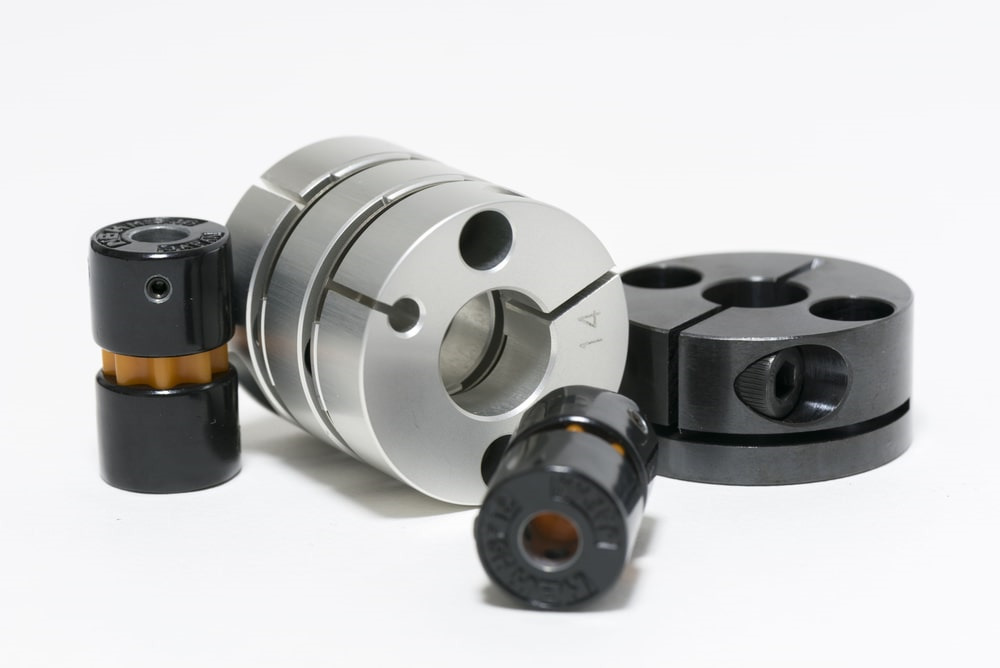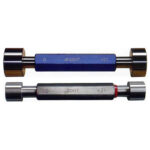Every gauge is a copy of the part which mates with the part for which the gauge is designed. For example, a bush is made which is to mate with a shaft; in this case, the shaft is the mating part. The bush is check by a plug gauge which in so far as the form of its surface and its size is concerned, is a copy of the mating part (shaft).
Taylor‟s principle: According to Taylor, „Go‟ and „No Go‟ gauges should be designed to check
maximum and minimum material limits which are checked as below:
„Go‟ limit: This is applied to upper limit of a shaft and lower limit of a hole.
„No Go‟ limit: This is applied to lower limit of a shaft and the upper limit of a hole.
Taylor‟s principle states that the „Go‟ gauges should check all the possible elements of dimensions at a time (roundness, size, location, etc.) and the „No Go‟ gauge should check only one element of the dimension at a time.
Based on Taylor‟s principle, „Go‟ gauge is designed for maximum material condition and „No
Go‟ gauge is designed for minimum material condition.


